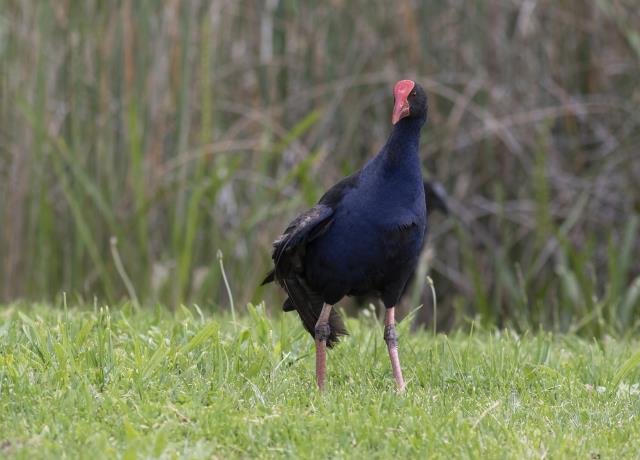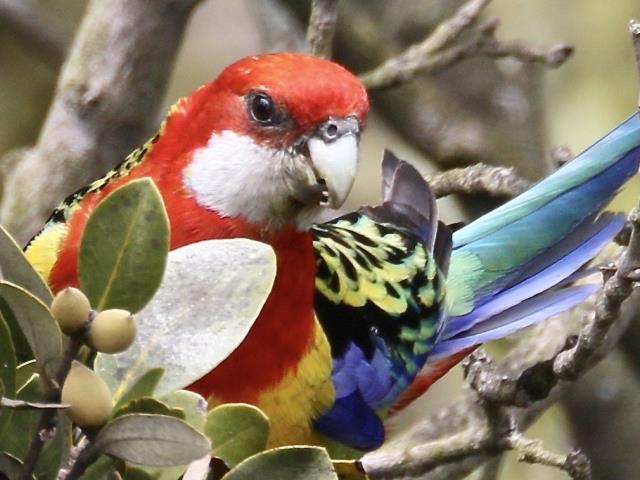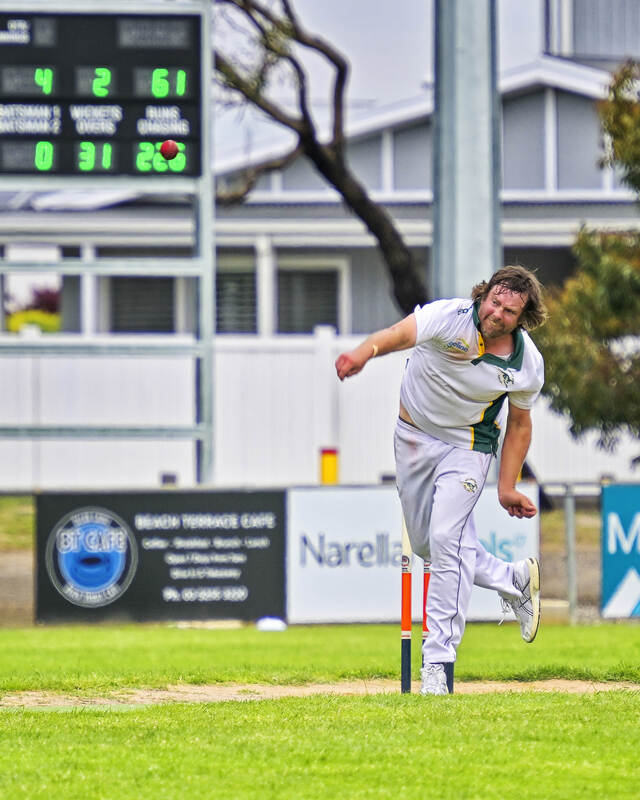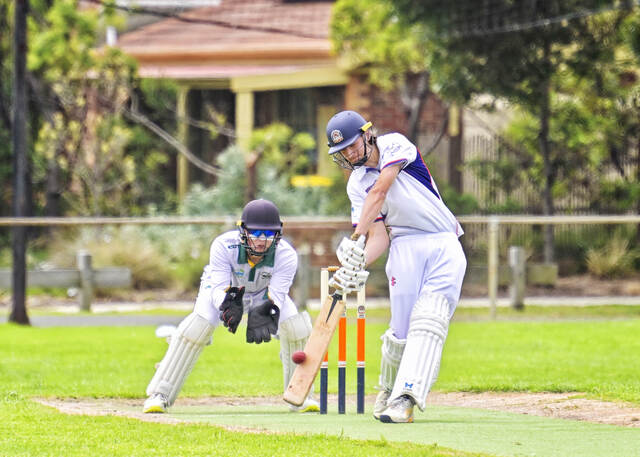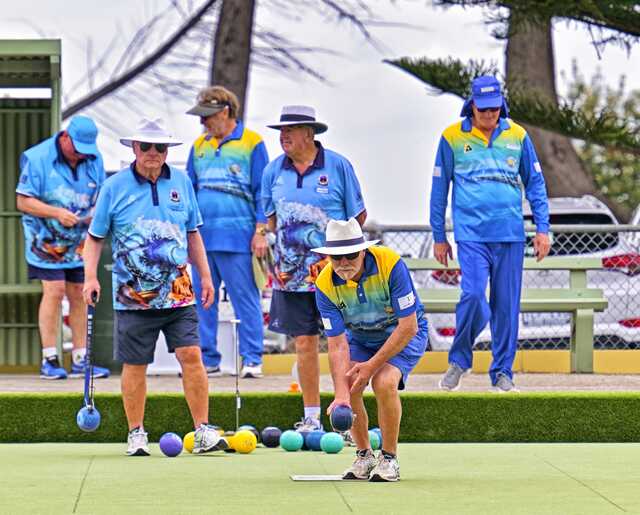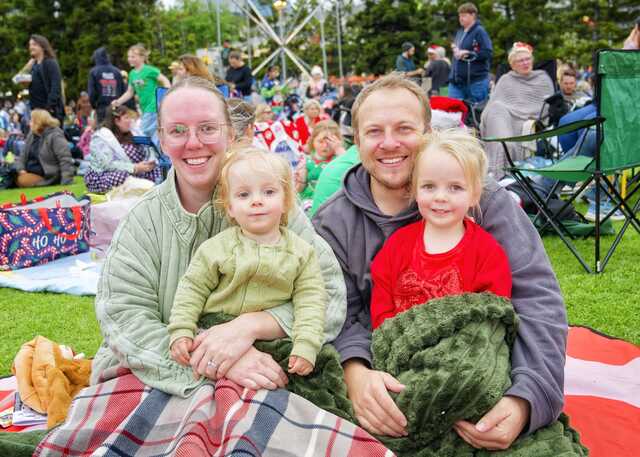The highlight of my last few weeks was hearing from Pete and Chris, who live in Woodlands Estate in Ocean Grove.
They had 25 yellow-tailed black cockatoos in their garden. Recently I had three of these magnificent birds in a silver birch tree in my backyard and I was so excited that I forgot to take my camera into the garden for a photo.
Pete and Chris said the birds remained in their garden for an hour and a half, swam in their bird bath and consumed many seeds from their banksia trees.
I’ve spent the last few weeks looking at a few nests. The tawny frogmouth pair that I have been observing for many years are sitting in a nest. I haven’t seen any hatchlings, but it shouldn’t be too long until a few little fluffy chicks start peering at me from their platform in a gum tree.
I hope they don’t fall out of their nest if the stormy weather continues, which tawny chicks are prone to do. The parent birds are very experienced and seem to be great survivors themselves.
I’ve been watching a family of purple swamphens in the pond near Woolworths. One of the parent birds has had a broken wing for over a year, but seems to be surviving very well despite not being able to fly.
I noticed two hatchlings wandering around the pond with the parent birds about a month ago, and then three weeks later there were two smaller hatchlings with the parent birds.
The wet weather has resulted in favourable conditions for waterfowl to breed, so they are making the most of the conditions.
I’ve been observing a brown goshawk nest, where there is one hatchling that has been growing rapidly. Brown goshawks often have three or four hatchlings in the one nest, but I can only see one in this particular nest. This goshawk hatchling is so curious and has been sitting on the edge of the nest, which is located high in a gum tree, that I have been worried that it will fall out on a windy day, but so far so good.
On the subject of nests, I received an email from Lynne, who lives in Ocean Grove. Lynne has a pair of red wattlebirds in her garden who have had two failed nesting attempts over the past few months and are now in their third attempt.
This time the pair have constructed a nest in Lynne’s crab-apple tree near her front gate. The birds are very aggressive and swoop the dogs every time they go out the front door so now the family only go out when absolutely necessary.
I hope the birds have better luck with their new nest, and I hope it’s not too obvious to predator birds such as currawongs.
Lynne also had a flock of yellow-tailed black cockatoos fly over her house.
Kevin sent me a photo of a beautiful eastern rosella, which he photographed feeding next to the Barwon Heads boardwalk. I find them almost impossible to photograph as they fly away as soon as I point my camera in their direction, so Kevin did well to take such a lovely image.
I received an email from Hugh from Barwon Heads, who has been observing a pair of nankeen kestrels on his western district property for years. He put a trail camera on the kestrels’ 2020 nest site, and he captured a series of images of the adults bringing prey to the nest.
Hugh didn’t see any chicks hatch and after a few days of wet weather the adults stopped bringing prey. Hugh assumes that the nest failed because they couldn’t hunt. However, soon after they moved to another hollow in a manna gum about 80m away, and Hugh saw two chicks sitting on the edge of the hollow (too high for the trail camera).
So it seems as though this pair of kestrels will fledge another two this year (as long as the eagles don’t get them) following two in 2017, three in each year of 2018, 2019 and 2020. Hugh is about to have his observations published in the Australian Field Ornithology journal.

